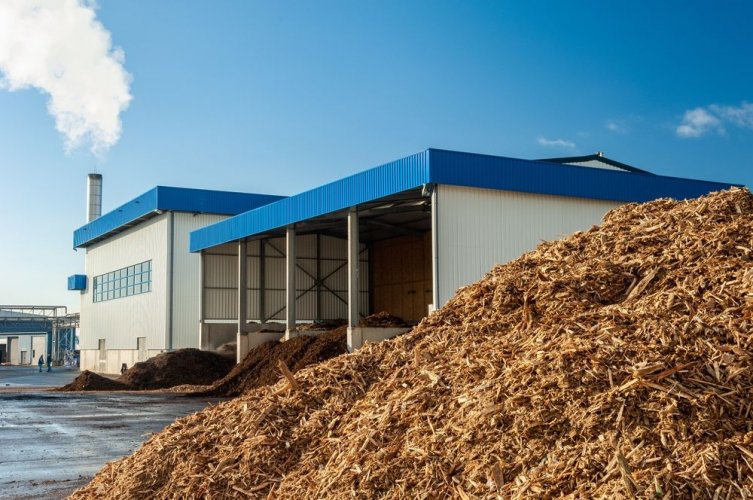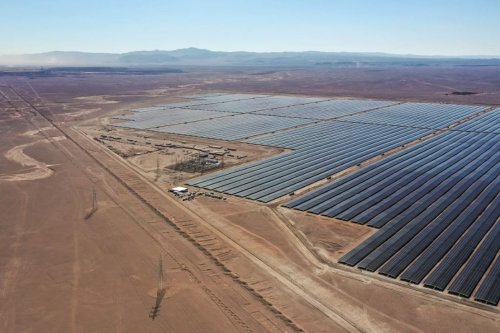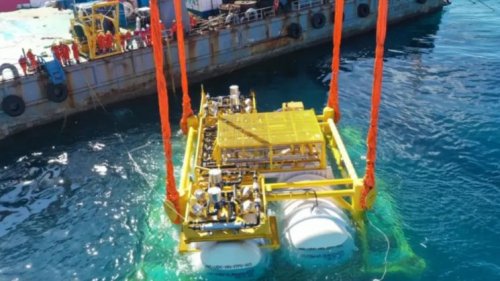Naftogaz of Ukraine has started preparatory work on the construction of CHP plants on wood chips in Lviv and solid secondary fuel (RDF) in Zhytomyr.
It is planned that the facilities with a total capacity of 90 MW of thermal energy and 11 MW of electric power will be completed in the 1st quarter of 2023 in Lviv and in the 4th quarter of 2023 in Zhytomyr, reports Naftogaz.
The Chairman of the Board of Naftogaz of Ukraine Yuriy Vitrenko noted that the company is already helping Ukrainian cities to switch their CHP plants from gas to biofuel, in particular Zhytomyr, Lviv and Okhtyrka in Sumy regions, and is ready to support other cities in this direction as well.
"We have an interest in investing in such projects in order to import less gas at enormous prices. The implementation of such projects is profitable both economically and for the environment, such investments pay off quickly, while money in the form of taxes goes to local budgets, the number of jobs increases ", he said.

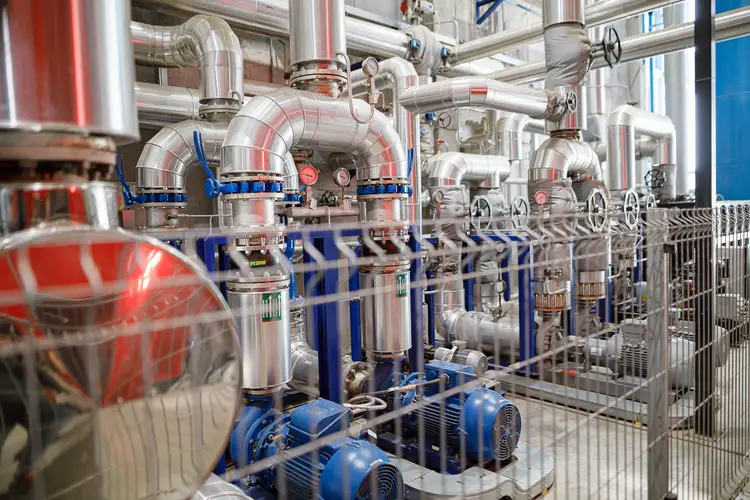
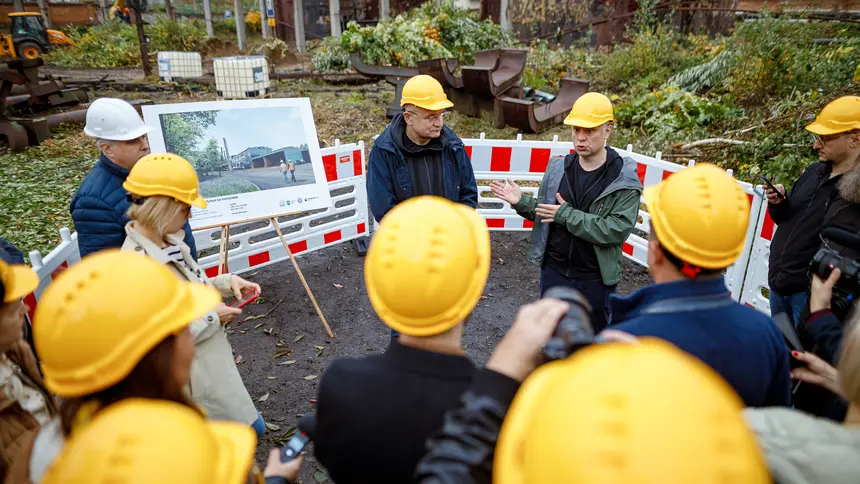

Vitrenko also emphasized that a successful heating season requires a comprehensive approach, such as:
- sufficient gas reserves in storage facilities (currently 13.9 billion cubic meters);
- stabilization of own production (the most important tasks for Naftogaz);
- transfer of heat-generating enterprises to modern technologies and use of biofuel;
- modernization of networks to reduce heat loss.
Vitrenko called military risks the main risks for the upcoming heating season. After all, the probability of destruction of energy infrastructure facilities by the enemy remains high.
"The state, local authorities, Naftogaz, heating companies are doing everything they can to get through this winter normally. But people also need to prepare. First of all, save gas. It is an expensive resource," he said.
The mayor of Zhytomyr, Serhiy Sukhomlin, said that together with Naftogaz, the city is implementing a project that will be able to provide the production of 50 MW of energy, which will be generated from alternative fuels, within a year. Zhytomyr is a successful example of reducing dependence on natural gas.
Thus, in 2015, the city consumed 93 million m3 of gas per year, and for the heating season of 2022-2023, this indicator will amount to no more than 45 million m3.
"A year from now, the city plans to use only 10% of what it was in 2015. Zhytomyr can use its RDF to replace approximately 20 million cubic meters of gas each year, which amounts to $40 million per month," the article says.
The press release noted that the Zhytomyr government and Naftogaz management plan to implement 3 projects in the city that will allow savings by converting household waste and wood chips into heat and electricity.
"No less successful is the example of Lviv, where Naftogaz, together with the city authorities, plans to launch a biofuel-powered CHP plant in February, which will reduce the city's dependence on gas," the press service added.
Lviv Mayor Andriy Sadovy noted that the Lviv government and Naftogaz have a number of agreements to later attract funds from international financial organizations for such projects. For Lviv, this will be the first powerful CHP on alternative fuel, which will cover about a quarter of its heat needs.
The project was planned to be implemented with the EBRD, but in this case, its implementation would begin only in 2023.
"Naftogaz plans to build at least 9 bio-CHP plants and bio-boiler plants in 8 regions of Ukraine with a total capacity of 250 MW of thermal energy and 52 MW of electricity. The company has an ambitious goal to become the largest heat generator from biomass by 2027 and to ensure the replacement of about 2 billion m3 of natural gas, the press service said. - Ukraine can almost completely abandon the use of natural gas for central heating, replacing it with bioenergy in particular."
Earlier, EcoPolitic wrote, that Naftogaz Teplo intends in the long term to buy organic raw materials from local businesses, to reduce natural gas consumption.
As EcoPolitic previously reported, in Lviv the Mebel-Service company generates heat (capacity 8 MW) and electricity (capacity 2.2 MW) at its own bio-thermal power plant energy from the waste of its production and provides itself and about 8 thousand families with energy.

